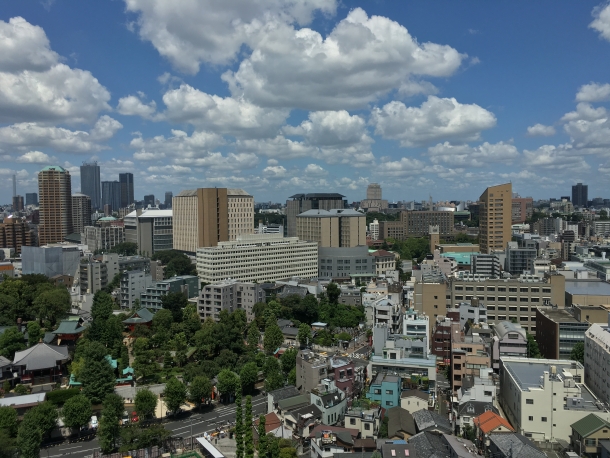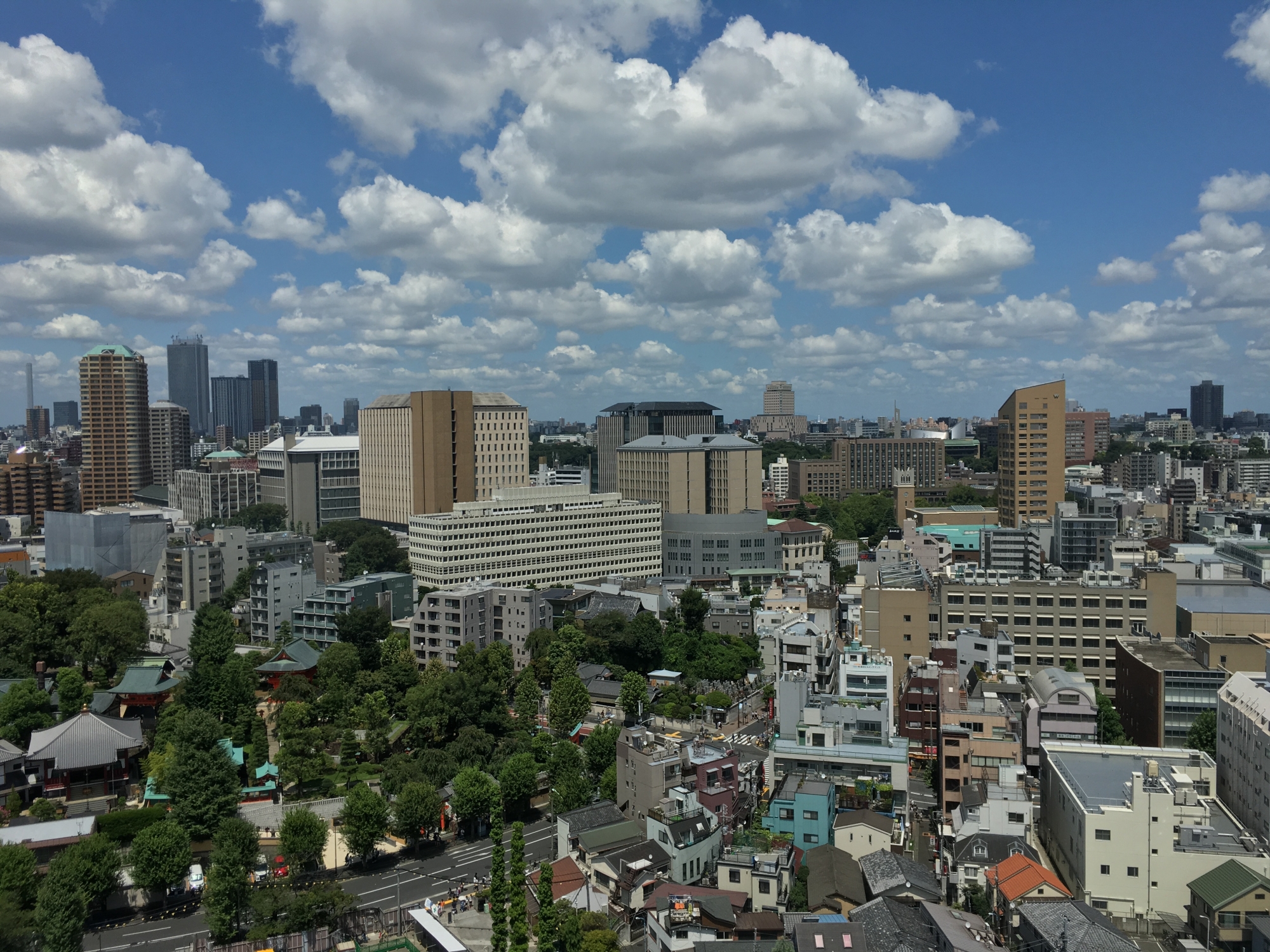How does the way our neighborhoods are designed affect cardiovascular health?
Thu, Feb 20, 2020-
Tags
A team of researchers from Waseda University, the University of Calgary, and Tohoku University has been working in collaboration on a series of studies in Japan and Canada that look at the relationship between urban design and cardiovascular health.

Researchers from Waseda University, the University of Calgary, and Tohoku University aim to understand how urban design could influence cardiovascular health. (Credit: Waseda University)
Cardiovascular disease is a leading cause of death worldwide. According to the Global Burden of Disease Study, approximately 17.8 million people die from the disease each year. Some of the well-established risk factors of cardiovascular disease are diet, smoking and exercise, but recently, there has been a growing scientific and political interest in understanding how our neighborhoods are designed could help prevent cardiovascular disease.
“We know there is a link between certain neighborhood characteristics, such as good access to green spaces, and cardiovascular health,” says Javad Koohsari, an assistant professor in urban design and health at Waseda’s Faculty of Sport Sciences. However, “how and why neighborhood characteristics influence cardiovascular health are not well-established. We are trying to identify the pathways through which the built environment affects cardiovascular health,” says Koohsari.
Koohsari has been working with Gavin McCormack, an associate professor in the Department of Community Health Sciences at the University of Calgary; Tomoki Nakaya, a professor at the Graduate School of Environmental Studies, Tohoku University; and Koichiro Oka, a professor at the Faculty of Sport Sciences at Waseda to investigate this link between neighborhood characteristics and cardiovascular disease. In their commentary paper published in Nature Reviews Cardiology on February 12, 2020, the team identified several key conceptual, methodological, and policy-relevant gaps in our current knowledge and proposed future directions to produce scientific evidence-based findings on the relationships between neighborhoods and cardiovascular disease.
“We have identified a total of eight issues which need to be addressed in order to produce robust evidence, one of them being the need to consider people’s daily mobility and activity spaces,” Oka explains. “People are exposed to different places at different times of the day, so we could use a global positioning system points and ecological momentary assessments to where and when or how often people are exposed to risk factors of cardiovascular disease.”
Koohsari says, “Though we must not let urban design and public health policy get ahead of ‘science,’ we hope that future studies will answer several of the key questions on how to design or redesign built environments to prevent cardiovascular diseases and promote healthier communities.”
Reference
Journal: Nature Reviews Cardiology
Title of original article: Neighbourhood built environment and cardiovascular disease: knowledge and future directions
Authors: Mohammad Javad Koohsari (Waseda University), Gavin R. McCormack (University of Calgary), Tomoki Nakaya (Tohoku University), Koichiro Oka (Waseda University)
DOI: 10.1038/s41569-020-0343-6
Link to original article: https://www.nature.com/articles/s41569-020-0343-6?draft=collection














